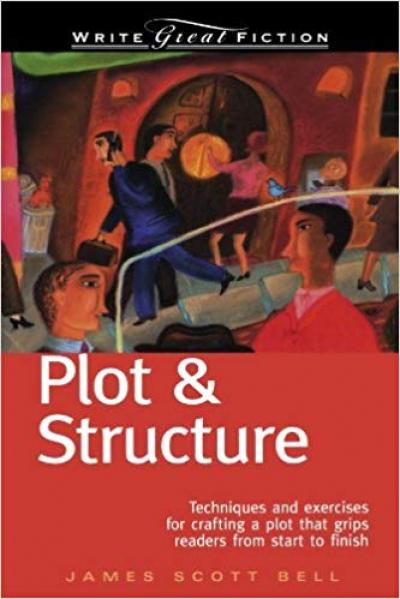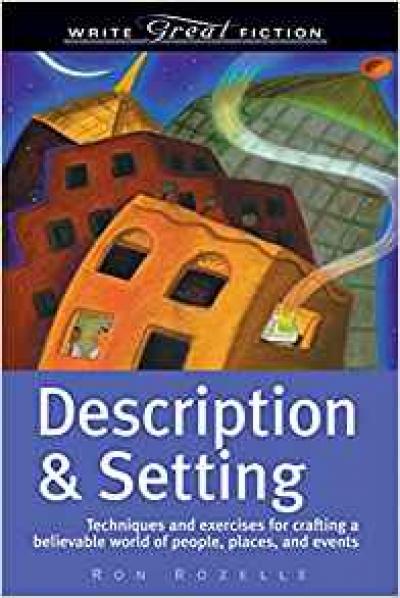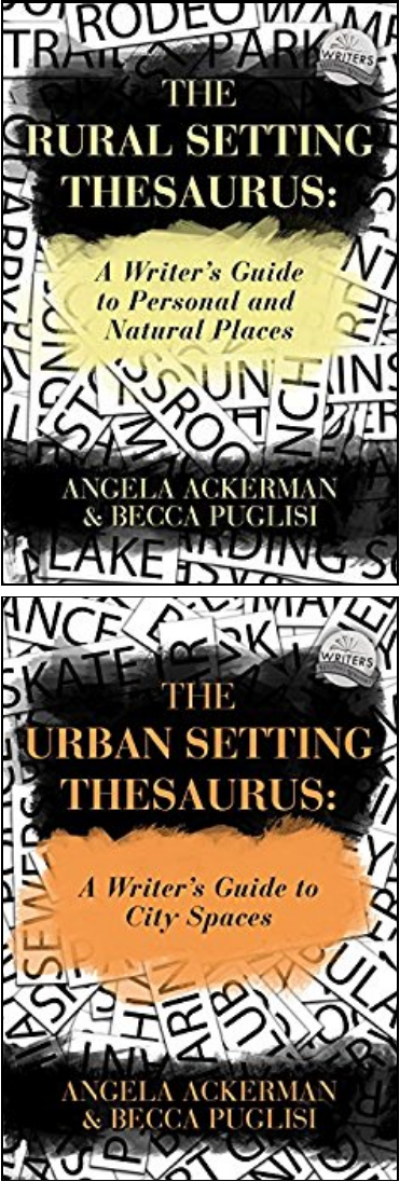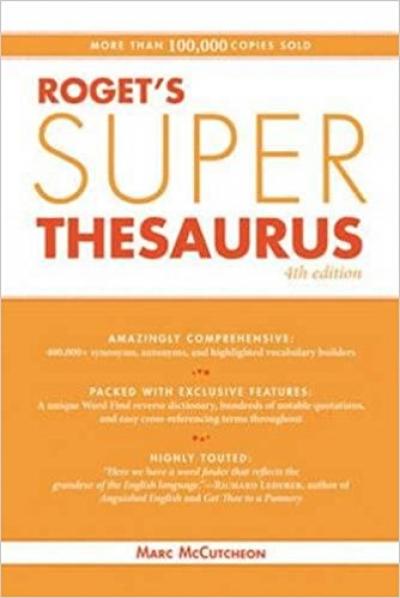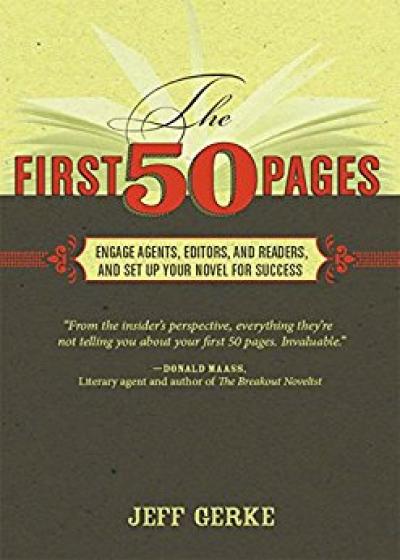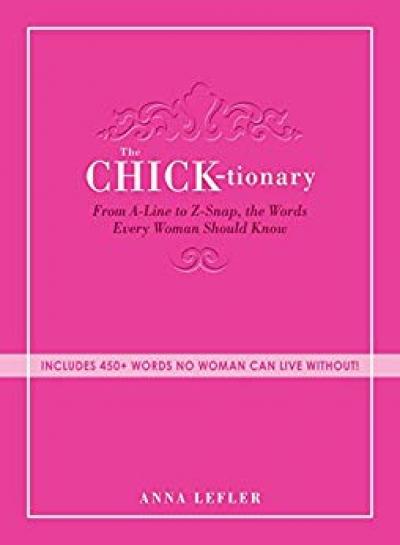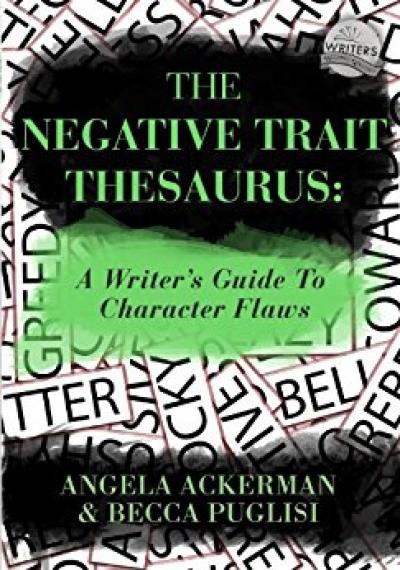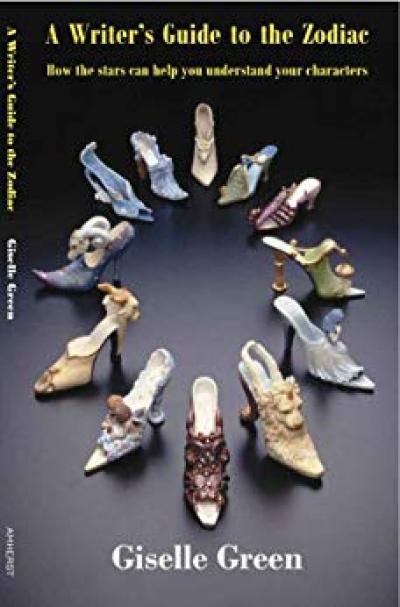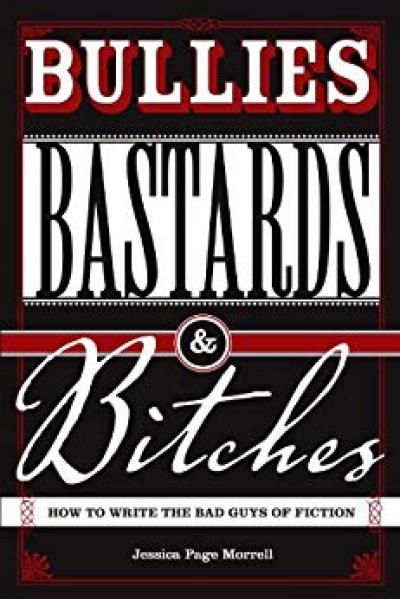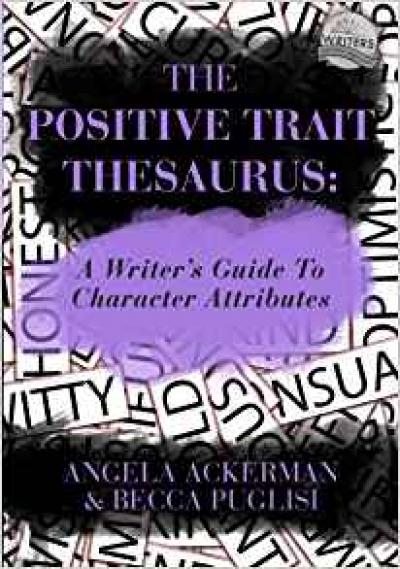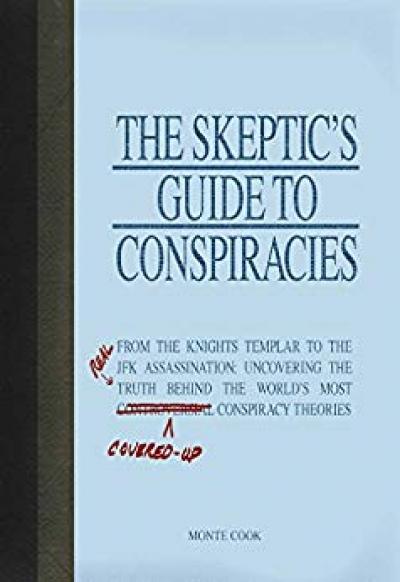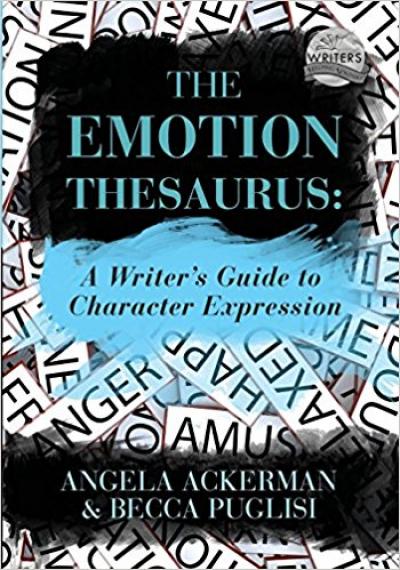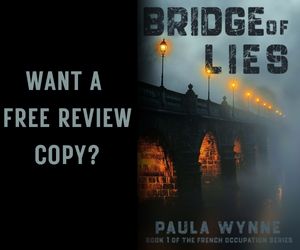The Emotion Thesaurus: A Writer's Guide to Character Expression
As an aspiring novelist you need to ensure your reader can relate to your character. Your reader needs to know the depth of emotion being experienced. Angela Ackerman and Becca Puglisi's Emotion Thesaurus explains that as emotional beings, feelings propel us. They drive our choices, determine who we spend time with, and dictate our values. Emotion also fuels our communication, allowing us to share meaningful information and beliefs with others.
As writers, author and even aspiring writers we must take our own skills in observing people around us and transfer those experiences to the page. We all know that readers have high expectations. The bestselling charts certainly rub that in our ‘wannabe-novelist’ noses.
Our readers don’t want to be told how a character feels. No, no, no. They want to experience the emotion for themselves. To make this happen, we must ensure that our fictional story people express their emotions in ways that are both recognizable and compelling to read.
Why?
Because above all else the reader wants to have an emotional experience with your story.They read to connect with characters who provide entertainment and whose trials may add meaning to their own life journeys.
Angela immediately makes it clear: dialogue is a proven vehicle for expressing a character’s thoughts, beliefs, and opinions, but it cannot deliver a full emotional experience by itself.
To convey feelings that sparkle and bounce off the page, thus making the character believable you must also use nonverbal communication, which can be broken down into three elements:
- Physical signals (body language and actions)
- Internal sensations (visceral reactions)
- Mental responses (thoughts)
I won’t spoil things but telling you what Angela says about each of these points but she certainly makes sense and in fact, one you have grasped that each of these elements plays a vital role in breathing life into your character you should start having believable people hopping about on your novel’s pages.
When writing a certain emotion, think about your body and what happens to it when you’re feeling that way. The mirror will help you to note how they may act when they’re experiencing emotions and feelings. The face is the easiest to notice but the rest of the body is just as telling. Don’t overlook changes in a person’s voice, speech, or overall bearing and posture.
You may want to spend time watching people—real flesh-and-blood specimens at from a park bench or coffee spot on the edge of a shopping centre or even study characters in movies. Or you could pick up a copy of Angela Ackerman’s Emotion Thesaurus.
Why you need emotions in your characters is a good starting point.
It is easy to see the power of emotion and more importantly, how it connects a reader to the story and characters.The difficulty comes in writing it well. Each scene must achieve a balance between showing too little feeling and showing too much. Above all, the emotional description needs to be fresh and engaging.
Clichés in literature are vilified for good reason. They’re a sign of lazy writing and all too often writers fall back on clichés.
Write the emotion well, develop empathy in your reader, maximize the words that you do use, but don’t overstay your welcome.
This is a tall order for writers who tend to reuse the same emotional indicators over and over. Angela gives a sterling example of just how you can look right into the character and know so much about them from simple things like clutching their handbag with photos of their kids inside to jumping up so fast the chair skitters across the tiles.
Read that piece to know if you need to put some extra ‘elbow grease’ into your characters emotional outbursts. And inner bursts for that matter.
Each emotion has a definition along with physical signals, such as touching ones face when 'adoring' someone and internal sensations like a dry mouth. It also gives mental responses for the emotion like fixating one's thoughts on the subject - as in the emotion adoration.
Cues also help aspiring novelists to put more meat on their fictional people's bones, for example if your character has 'adored' another they may be obsessed or fantasize about them or even start stalking them. That certainly gives you inspiration for creating character plot points!
And the cues show what the emotion may escalate to such as in the adoration case scenario, frustration or even hatred. Angela gives cues for suppressed emotions which is a better way to showing emotion rather than telling.
To top if off each emotion has a writer's tip. I'll tease you with one:
To add another layer to an emotional experience, look for symbolism within the character’s current setting. What unique object within the location can the character make note of that perfectly embodies the emotion they are feeling inside?
The Emotion Thesaurus helps writers brainstorm new ideas for expressing a character’s emotional state. But what about other pitfalls associated with portraying emotion? The detailed thesaurus explores a few of these common trouble spots and suggests techniques for overcoming them.
I, for one, can’t wait to now get stuck into my completed novel – well, I though it was complete – and start picking out these finer points on their emotions and find any place where monologues may scream for verbal interaction based on Angela’s fine examples. I will be looking at my scenes because I now realise – with the help of Emotion Thesaurus - emotion is much more effectively conveyed through a mixture of dialogue, thoughts, and body language. I will remember Angela’s top tip …
When expressing emotion, vary your vehicles, using both verbal and nonverbal techniques for maximum impact.
After reading Making Faces I realised a good item for a writers or author’s home office is a mirror. Sounds odd, doesn’t it? But it makes sense if you’re writing about a character and in particular their emotions and body language you could ‘practise’ in the mirror.
When writing I often find myself balancing precariously on my chair, bobbing up and down or slanting side to side as I try to re-enact what my character is doing. So why not look in the mirror to see what kind of emotions your character is expressing.
Angela says:
I think emotion should be added in stages. Before a writer begins drafting they should know their characters well enough to understand how their individual personality will affect emotional responses.
If a main character is introverted, shy or secretive, likely he or she would express emotion much differently than a person who is outgoing, confident, or even eccentric. Understanding a bit of the character's back-story will help form who they are, which in turn will allow the writer to draft realistic emotional displays that align with their personality.
Then during later drafts, emotions can be deepened to become more meaningful, tuning in to the story's theme.
Buy Emotion Thesaurus Now!
Paula Wynne is the founder of Book Luver.
Paula's Writers' Resource Series features the following books: Pimp My Fiction: How to Write a Novel with The Ultimate List of Creative Writing Books to Create A Plot & Build Character; A~Z Writers’ Character Quirks: A~ Z of Behaviours, Foibles, Habits, Mannerisms & Quirks for Writers’ to Create Fictional and 101 Writers’ Scene Settings: Unique Location Ideas & Sensory Details for Writers’ to Create Vivid Scene.
Find out more about the Writers' Resource Series here. If you would like to find out how to write a bestselling novel, download a free copy of Paula's Pimp My Fiction.
Follow Paula on Amazon's Author Central to find out when she publishes more books. Or you can follow Paula on Twitter and Facebook.


